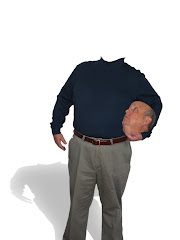Did you have any idea how easy it is to learn ALL the major chords (there are 12 of them)
and be able to play them in seconds -- not hours or days or weeks or months or years?
Some people go through their entire lives not being sure about what such and such a major
chord is -- and it's all so unnecessary, because you can memorize them in just a few
minutes, and learn to play them in 12 seconds or less - one second per major chord.
I have had many private students over the years who could play them all in as little as 5
seconds -- one little gal (she was about 12 at the time) had particularly fast hands, and
could play them in - believe it or not - 3 seconds! I have slow hands with fat fingers,
and yet I can play them in something like 5 or 6 seconds. So if I can do it with little
fat hands and chubby short fingers, you can too.
First, here's what the major chords look like on the staff: I hope you noticed that 3 of
the major chords were made of all white keys: C F G. And I hope you noticed that 3 of the
major chords were made of white keys on the outside, with a black key in the middle: D E
A. And did you notice that 3 of the major chords were like an Oreo cookie? Black on the
outside, white on the inside? Db Eb Ab. That only leaves 3 major chords, one of which is
all black, and one of which is white, black, black, and the other the reverse -- black,
white, white. Gb (all black) B (white, black, black) Bb (black, white, white). And that's
it..
Practice playing the first 3 major chords over and over until you can move between them
smoothly and quickly. Then practice the next 3 major chords -- then the next 3 -- then
the last 3. After you can play them by 3's, practice playing the first 6 without
stopping. Then practice the first 9 without stopping. Then finally practice playing all
12 without stopping.
There's no particular virtue, of course, in playing them quickly, except for the fact
that it makes you confident you can find them in a hurry when you need them in a song.
But you'll find that as your confidence grows, your enjoyment and competence in piano
playing will grow commensurately.
For a sight-and-sound lesson on the 12 major chords, please go to:

